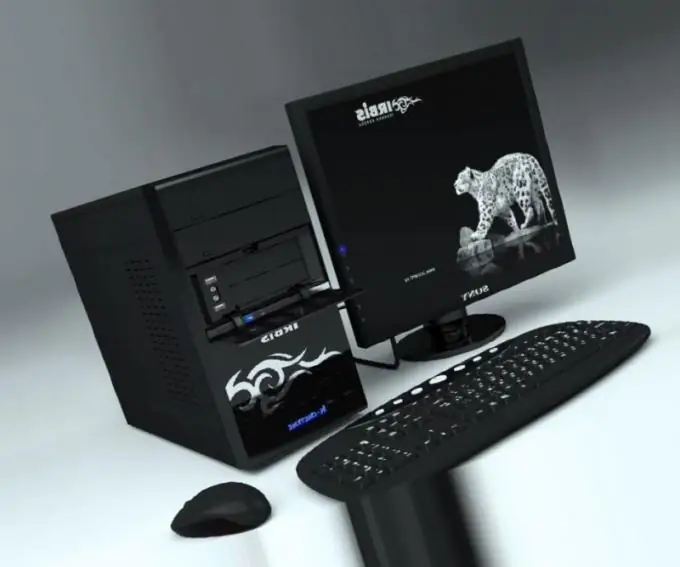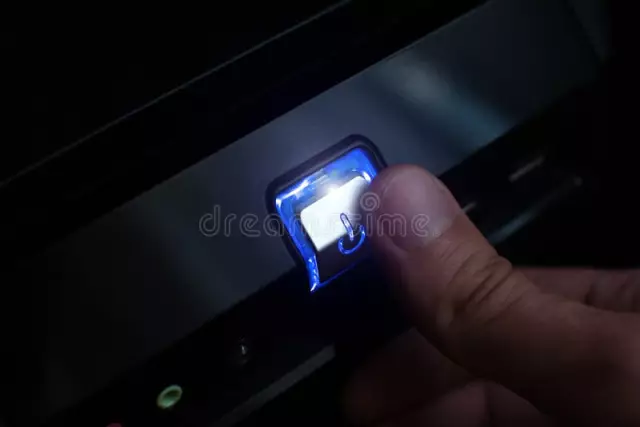Some of the malfunctions in the work of a stationary computer are caused by improper operation of this device. It is not uncommon for the PC to reboot for no apparent reason. This problem can be corrected without assistance.

Instructions
Step 1
To find out the reason for the spontaneous restart of the computer, you must carefully observe this process. If nothing appears on the display, and the computer restarts after restarting, the cause may be overheating of a device.
Step 2
Try to determine which hardware is causing your computer to shut down. Remove the left wall of the system unit. Touch the bottom of the cooling heatsink on the CPU. The second device is to check the video card. Turn on the computer and make sure all chassis fans are working properly.
Step 3
Install and run the program that displays the temperature readings of the equipment. For these purposes, AIDA is perfect. After opening the main window of the program, go to the "Computer" menu and open the "Sensor" item. Check the temperature of all displayed devices. Find out which one is overheating and causing the PC to shutdown.
Step 4
If overheating of the CPU is causing the computer to shut down automatically, replace the thermal grease on this unit and clean the heatsink fan. In the case of a video card, it is necessary to clean the above elements on it or completely replace the cooling system of this card.
Step 5
Quite often, a faulty power supply is the cause of a computer shutdown. It is quite difficult to repair this device on your own. Try to connect a unit with similar characteristics to the PC and check the operation of the computer.
Step 6
Blue screens are most often caused by installing inappropriate drivers on certain devices. Most often we are talking about a video card or chipset. Install the original drivers supplied with your computer or its individual components. Often BSOD can be observed when the hard disk or motherboard malfunctions. In this situation, you need to replace the faulty hardware.
Step 7
If the problem is caused by a defective hard drive, try installing the operating system on a different drive. Connect both hard drives and copy the information you need to a working media. Do not store important files on a known defective hard drive.






